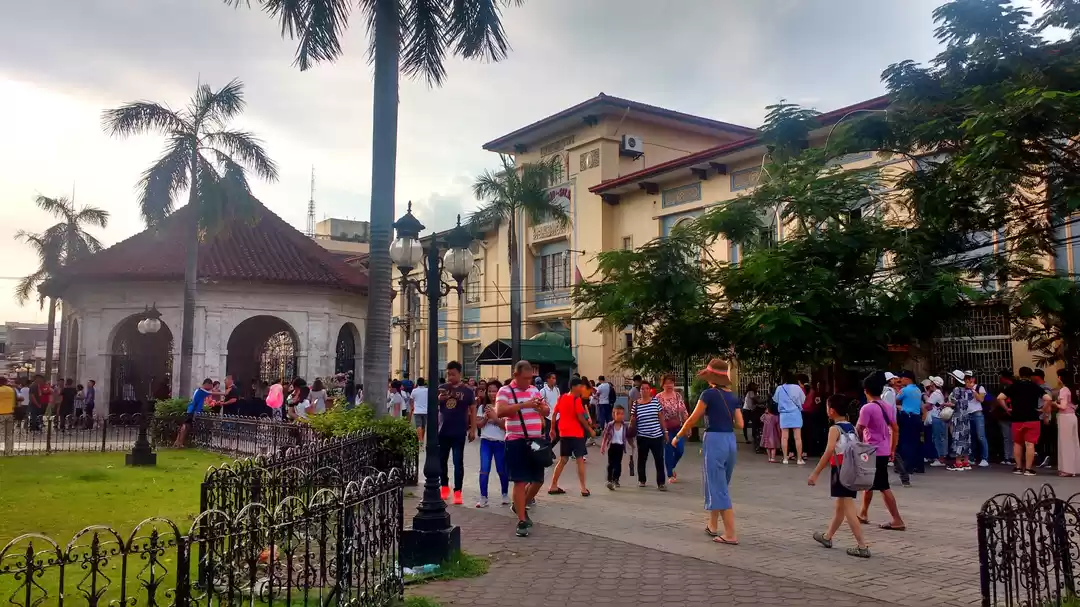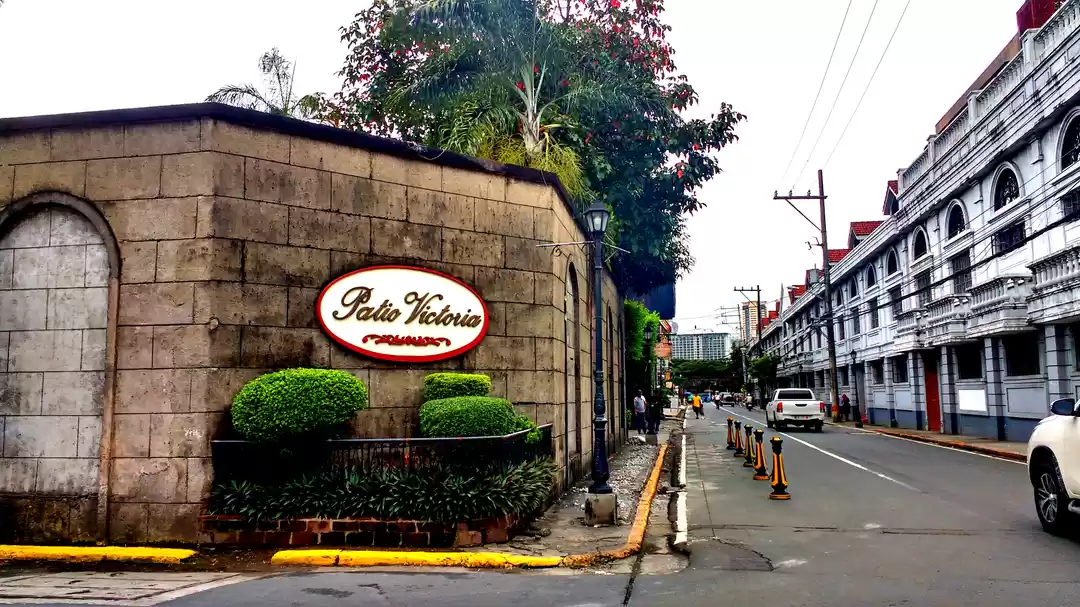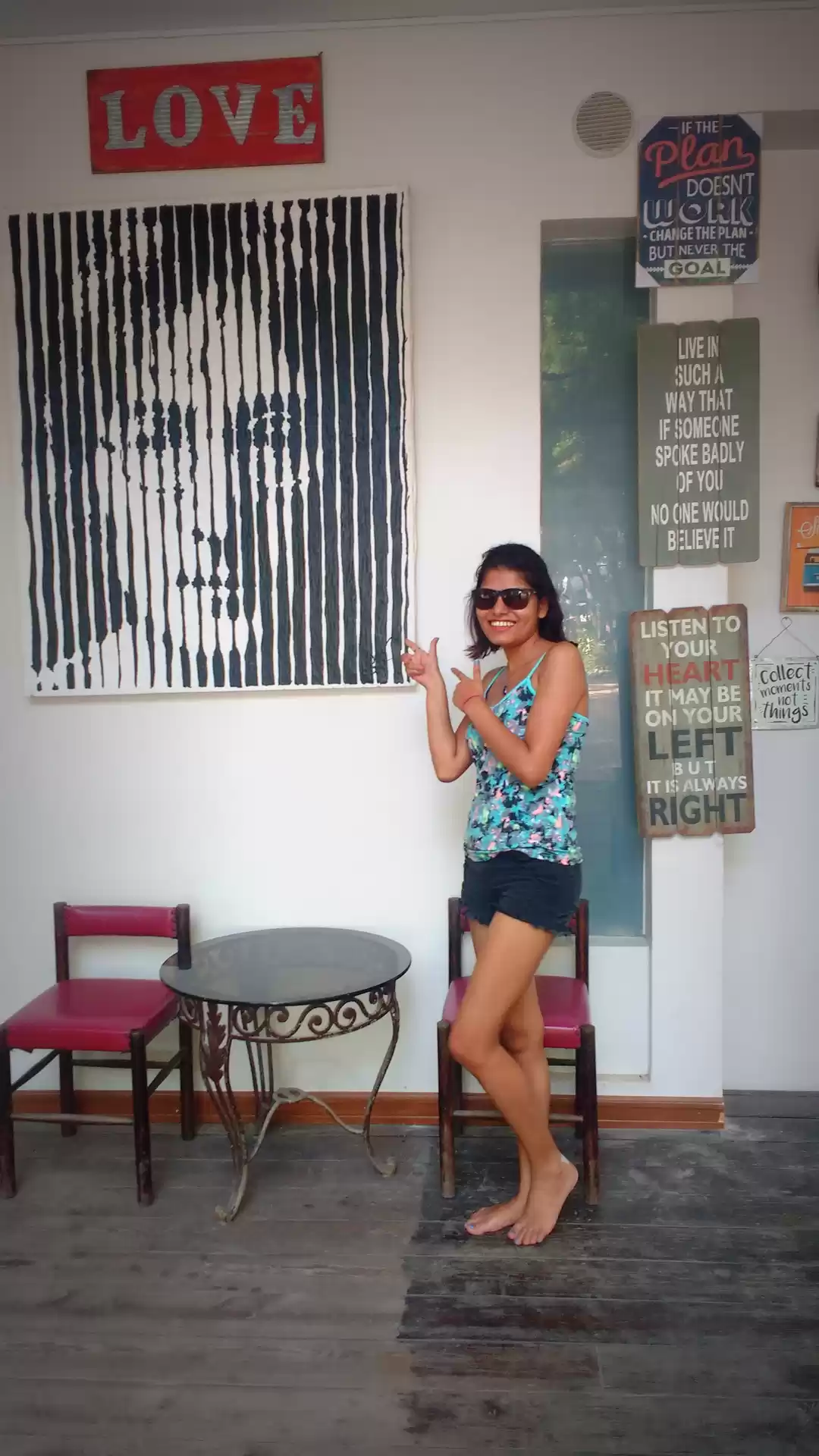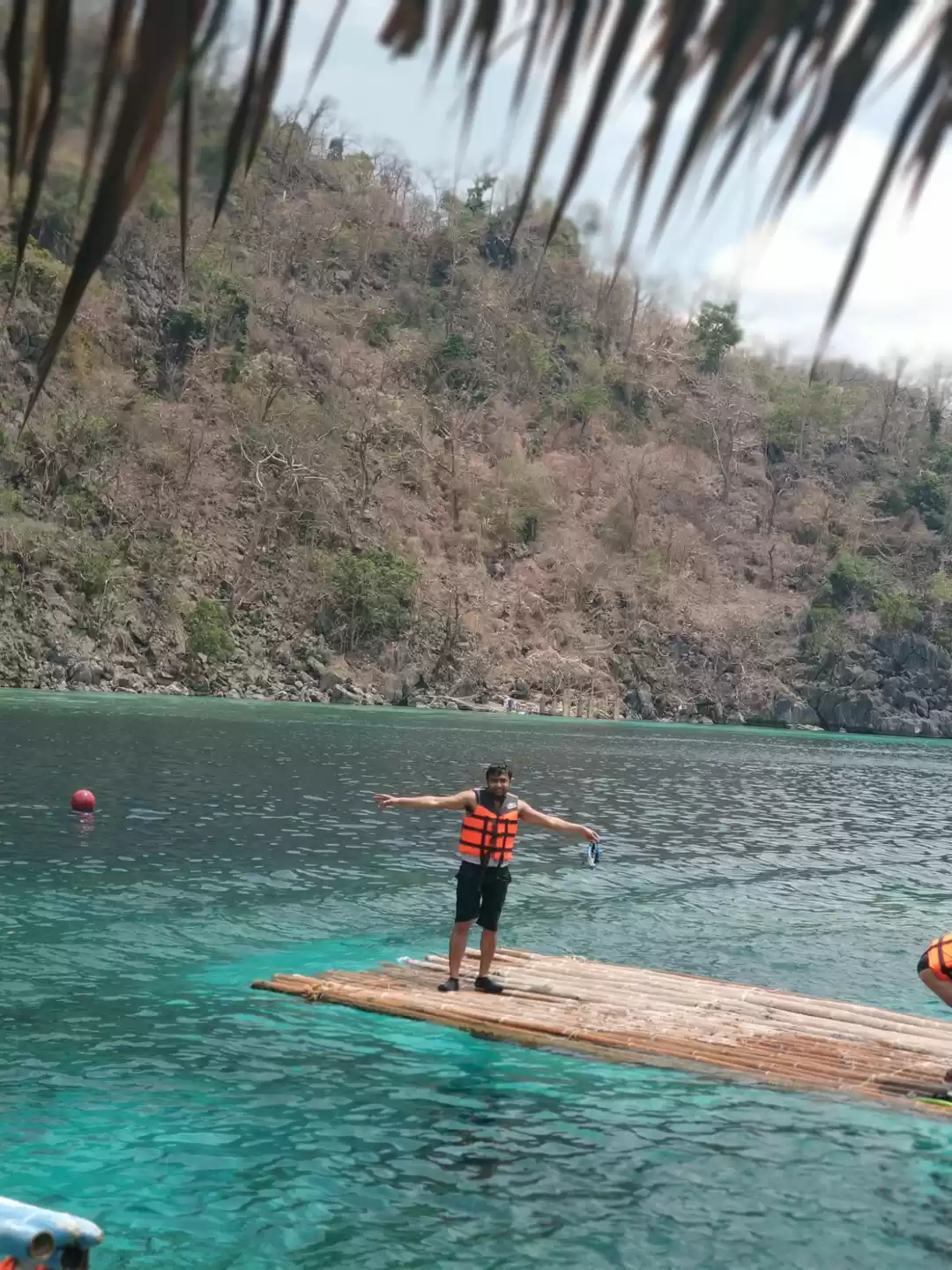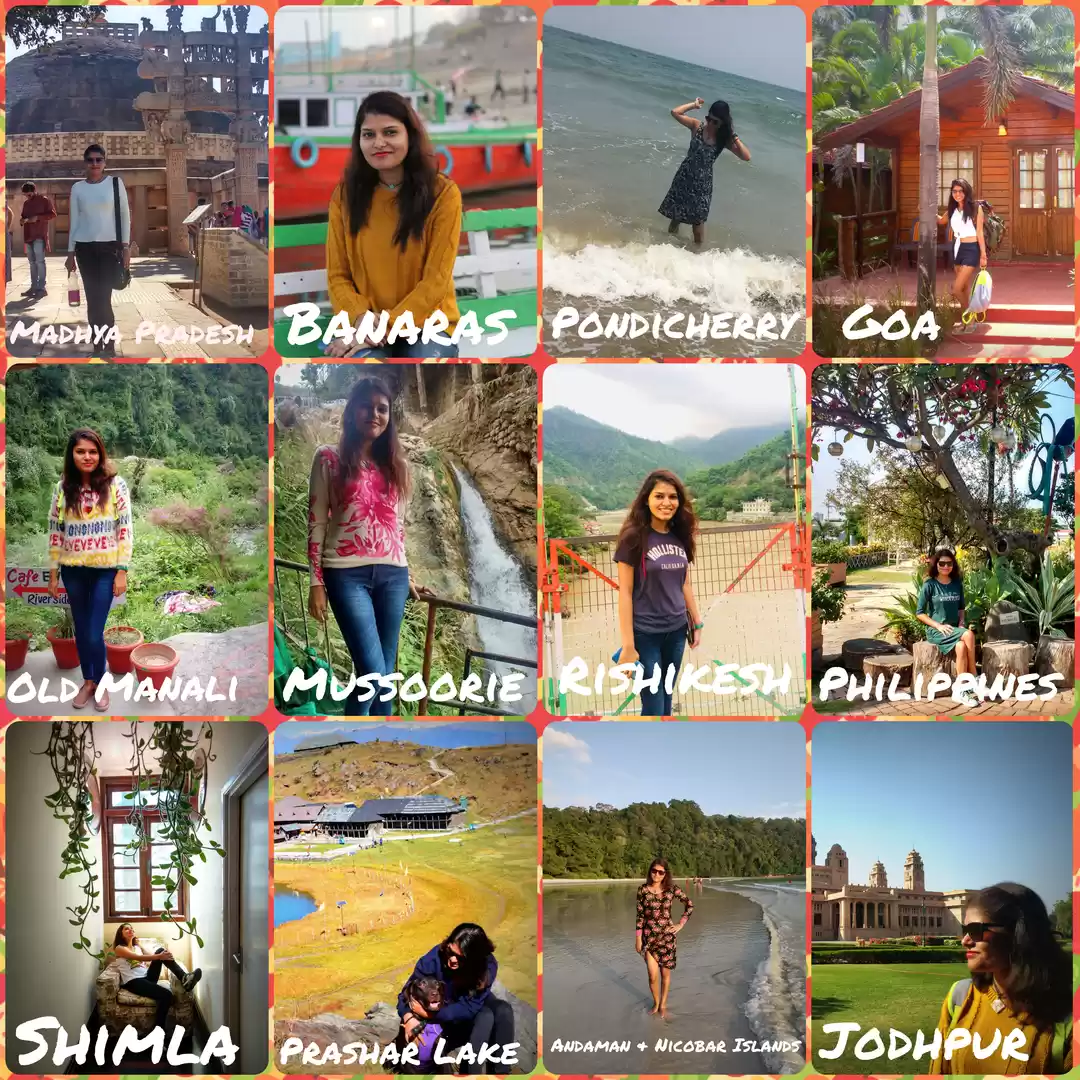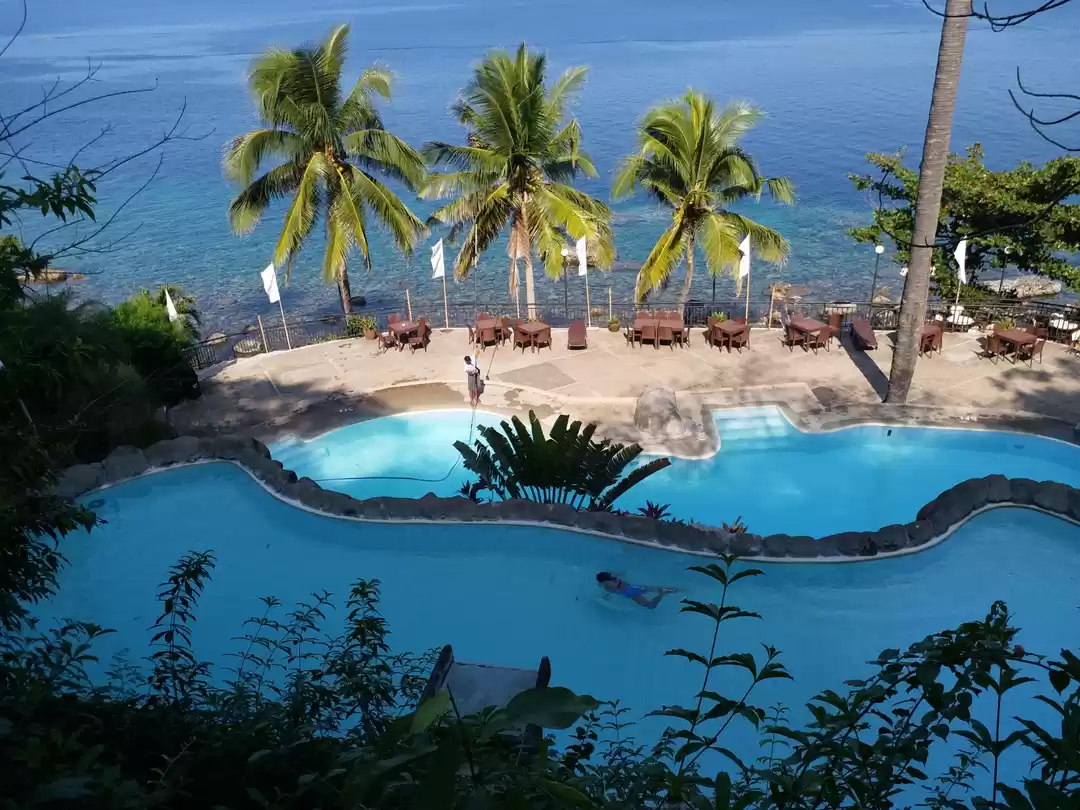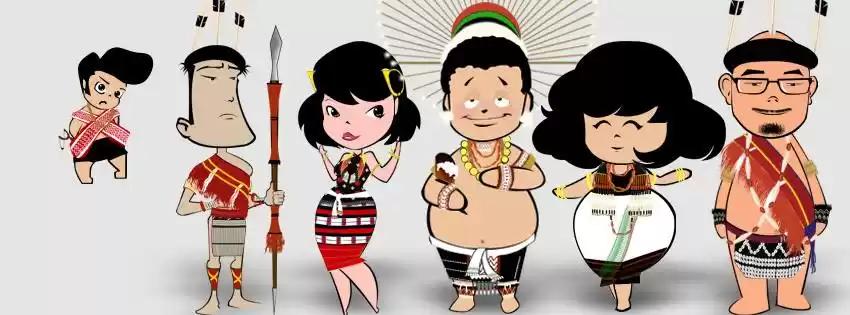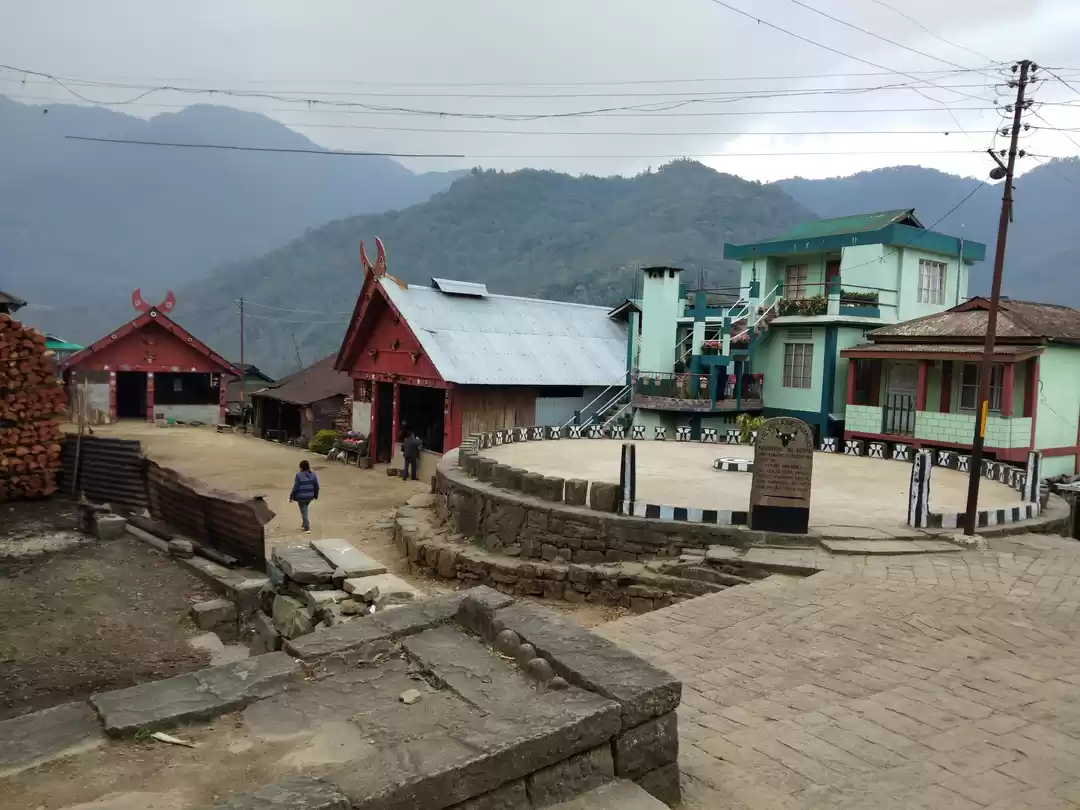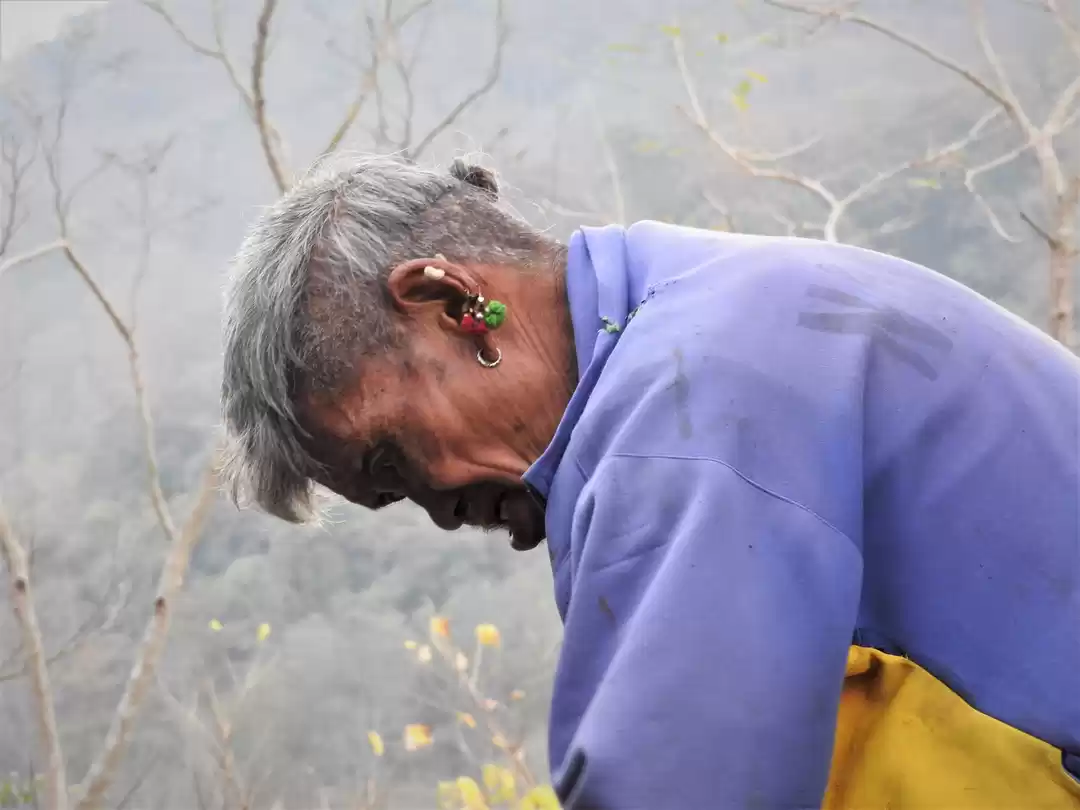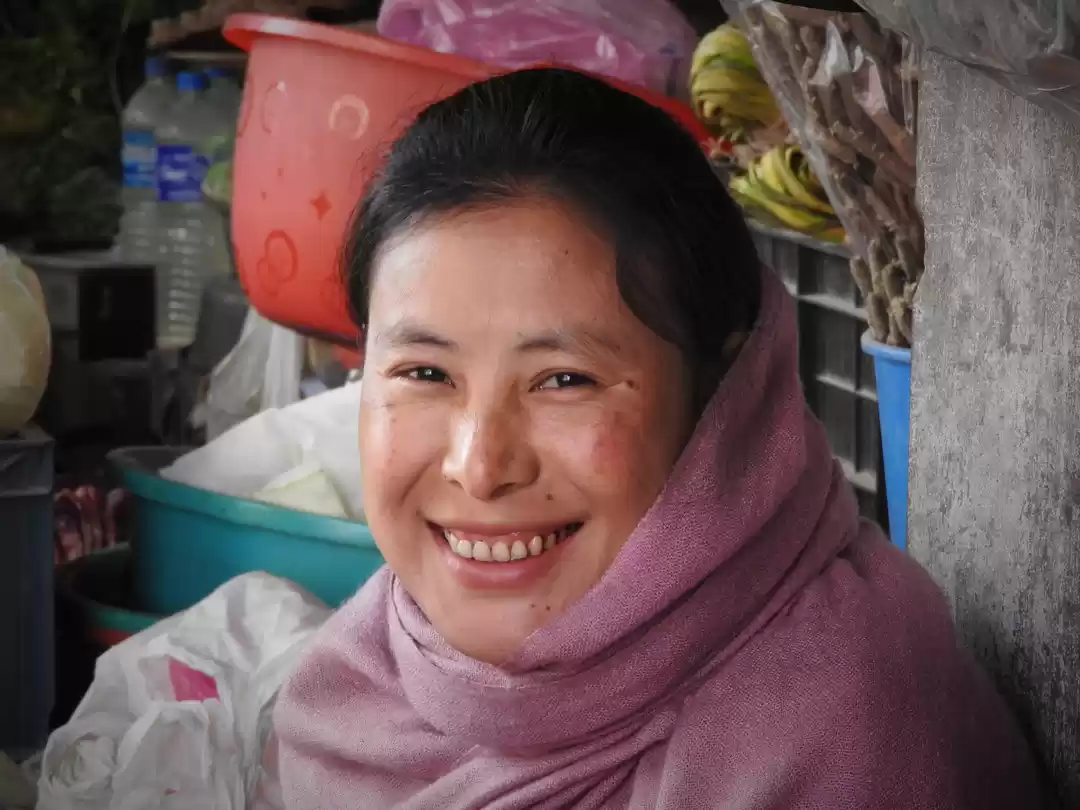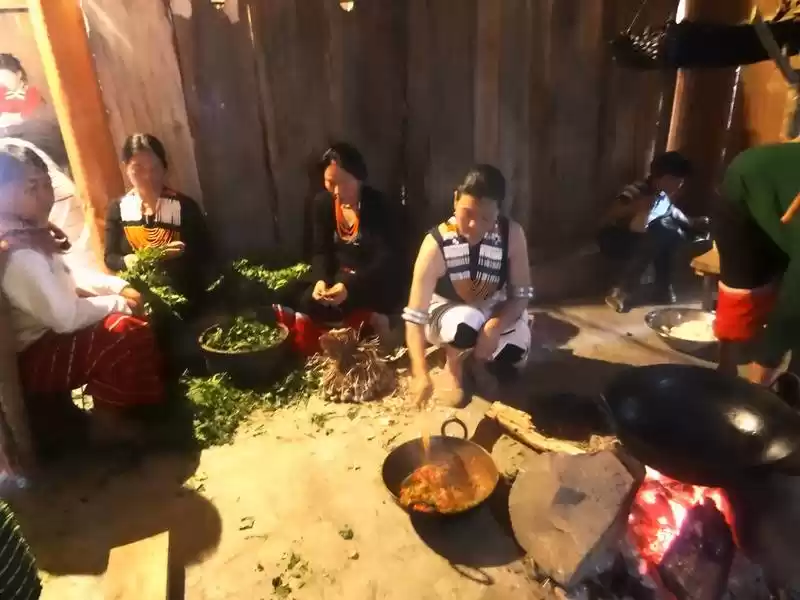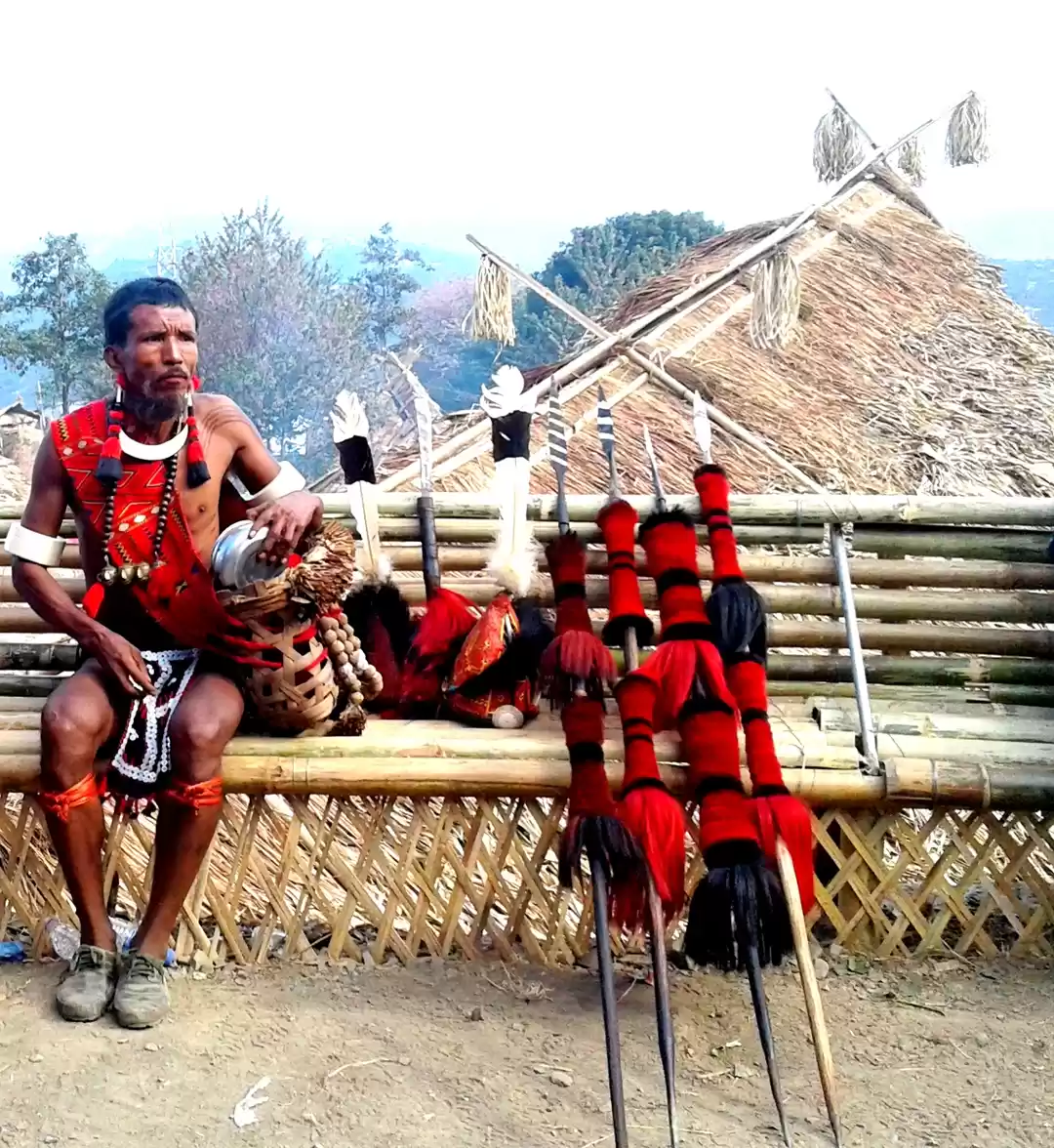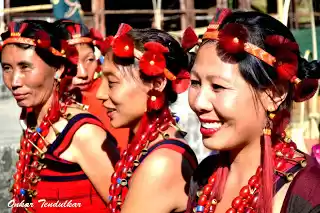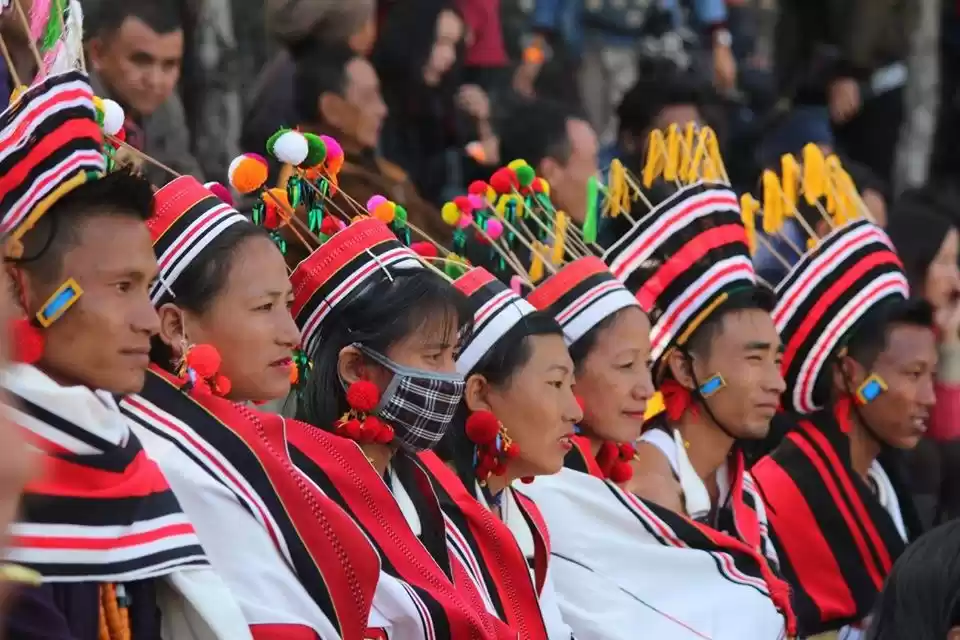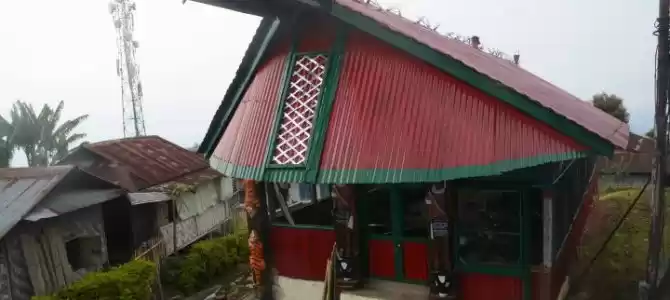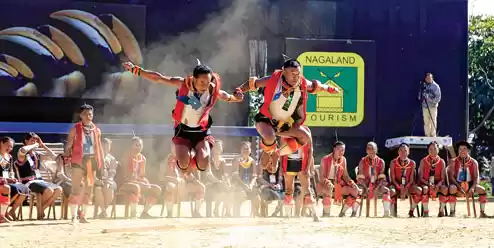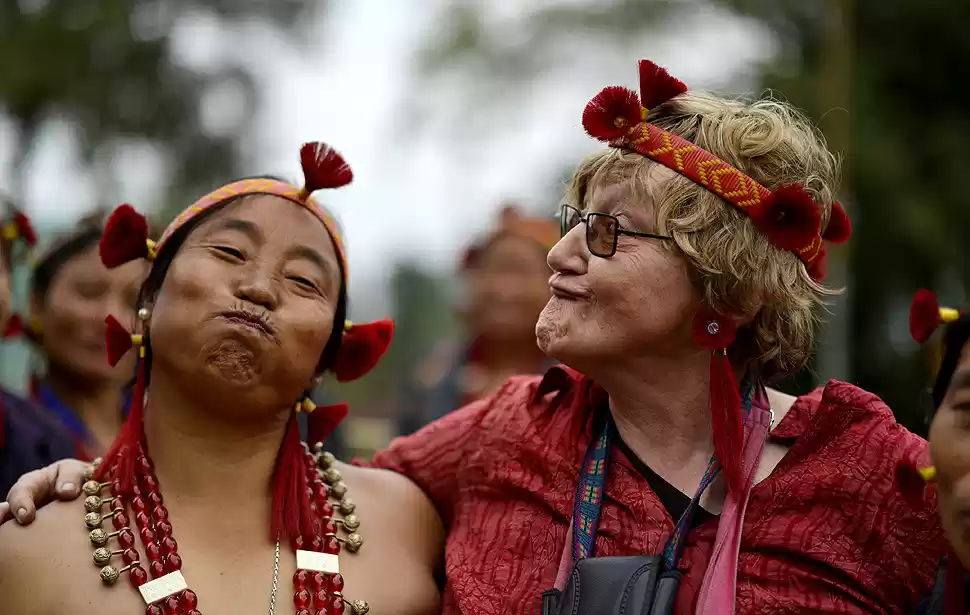

Nagaland has a rich tradition of wood carving that has its origins in an animistic past. Woodcarving as an art form is mainly related to architecture and ritual practices, and all the Naga tribes are skillful in this. Besides architecture, wood craft finds a place in the daily life of the Nagas; it forms a an integral part of traditional kitchen and tableware as well as furniture. The wood craft of Nagaland is full of symbolic motifs and designs.
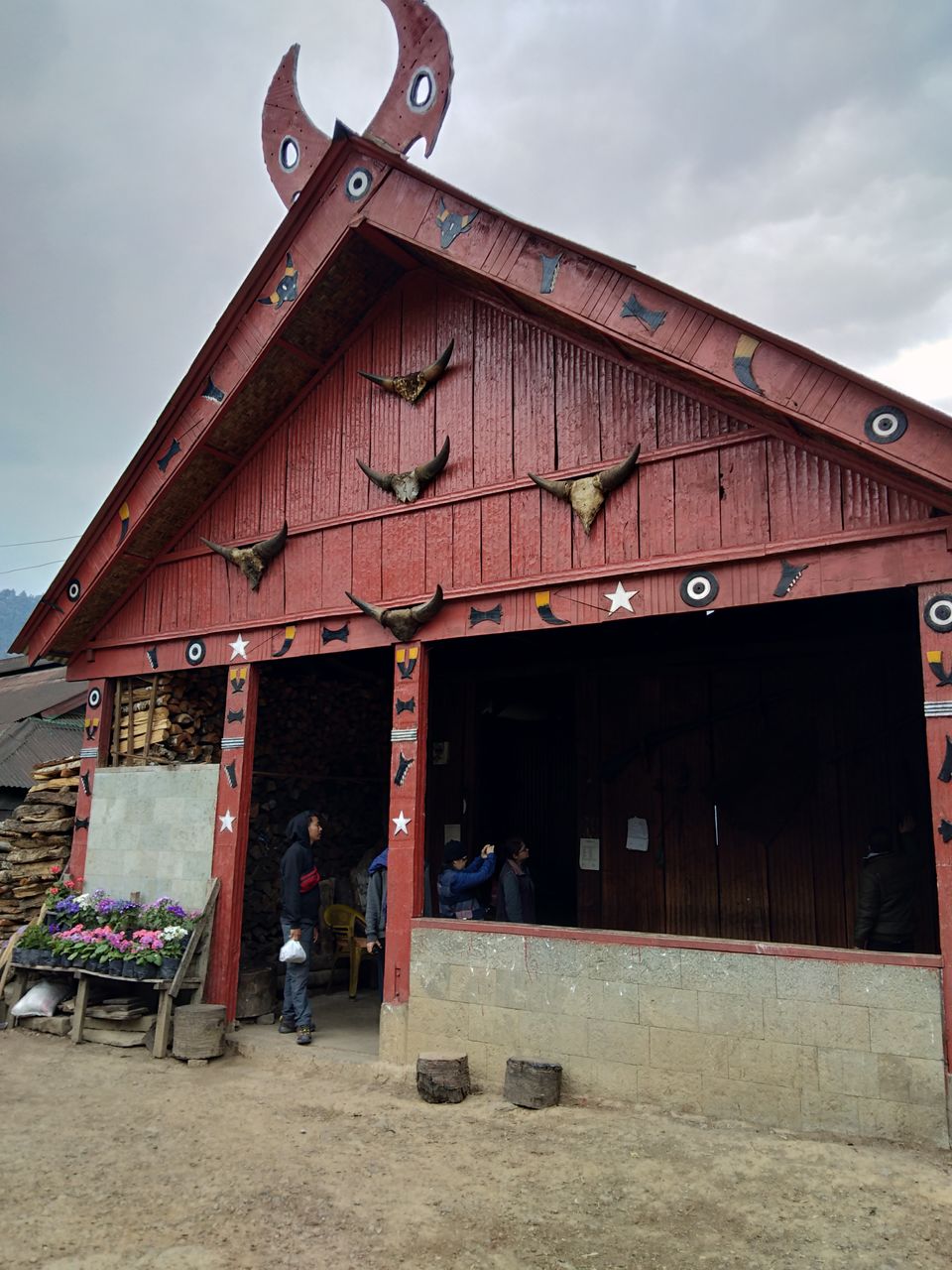
Wood craft is traditionally practiced only by male members of the community and it largely continues today. The Naga, Konyak, Phom and Angami communities are especially noted for their amazing woodcarving skills. All the other tribes have similar skills, and are distinguished by signature styles with marked differences in the usage and portrayal of designs and symbols.
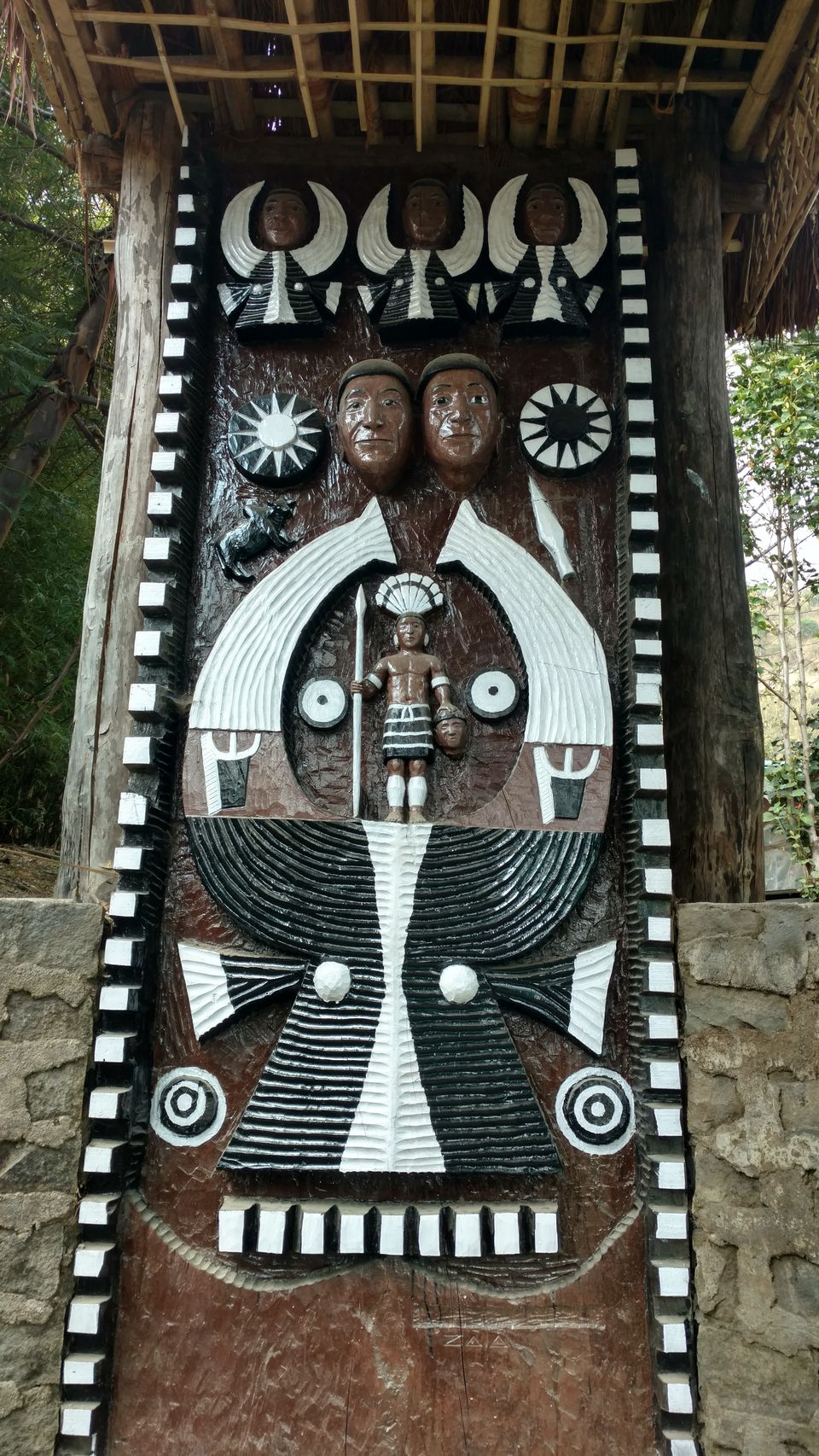
In the past every male member of the community had some basic woodworking skills; in present times however, this skill is confined to specialist master artisans who do it to earn a livelihood.

The typical Naga wood carving motifs were abstractions of mostly animal forms. Each motif had a symbolic aspect. Human figures or sculpted heads related to fertility or achievements of a warrior in the head-hunting tradition . Bison heads, tigers, elephants, snakes, Hornbills, Barbets, lizards and monkeys were the common animal motifs all of which symbolized certain virtues. Within the large group of symbols, the Hornbill and the Indian bison or Mithun were the most common motifs among the diverse Naga tribes.
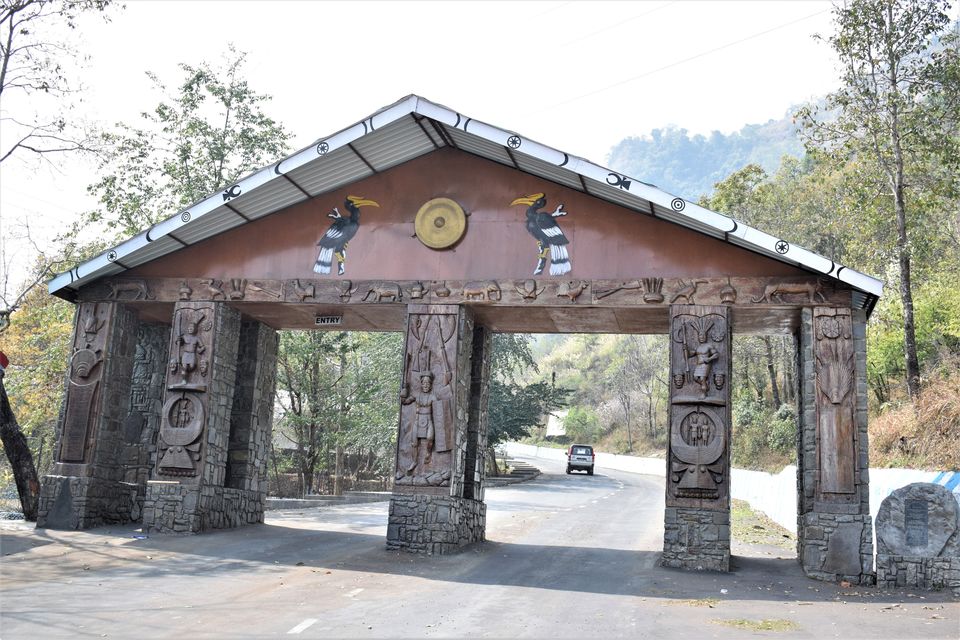
Door and gate wood carvings deserve their own category in the wide domain of Naga wood craft for their magnificence and style. Decorative elements adorned the village gates, front doors and walls of only tribal chief’s house or of men of social distinction or men’s dormitories called the Morungs. The wood carvings were often colored in black, terracotta and white pigments derived from natural sources, they proclaimed the status and power of the house owner or the village itself.





There were female breasts that spoke of love conquests among the Sema chiefs, meat chunks symbolized feasts of merit given by the house owner, and sun, star and moon showing reverence for natural spiritual elements, and daos (multipurpose machete) and spears praising the warrior status and valor of the Morung members.

The men’s dormitories (Morungs) had the most elaborate and impressive of wood carvings and distinct architectural styles and were positioned in special sites in the settlement.

MITHUN
The Mithun head or horns are almost a signature of Naga architecture and can be seen in every village in their magnificence and variety . The Mithun is the most powerful symbol of wealth, prosperity and fertility and dignifies house façades in the form of Mithun head carvings which traditionally declared the social status of the owner.
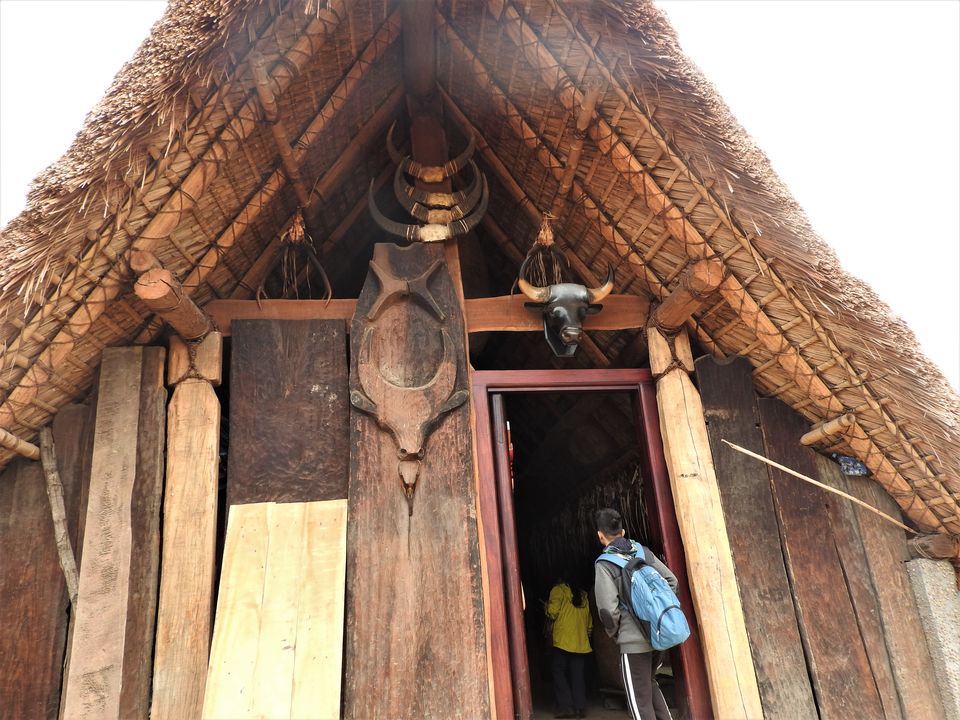
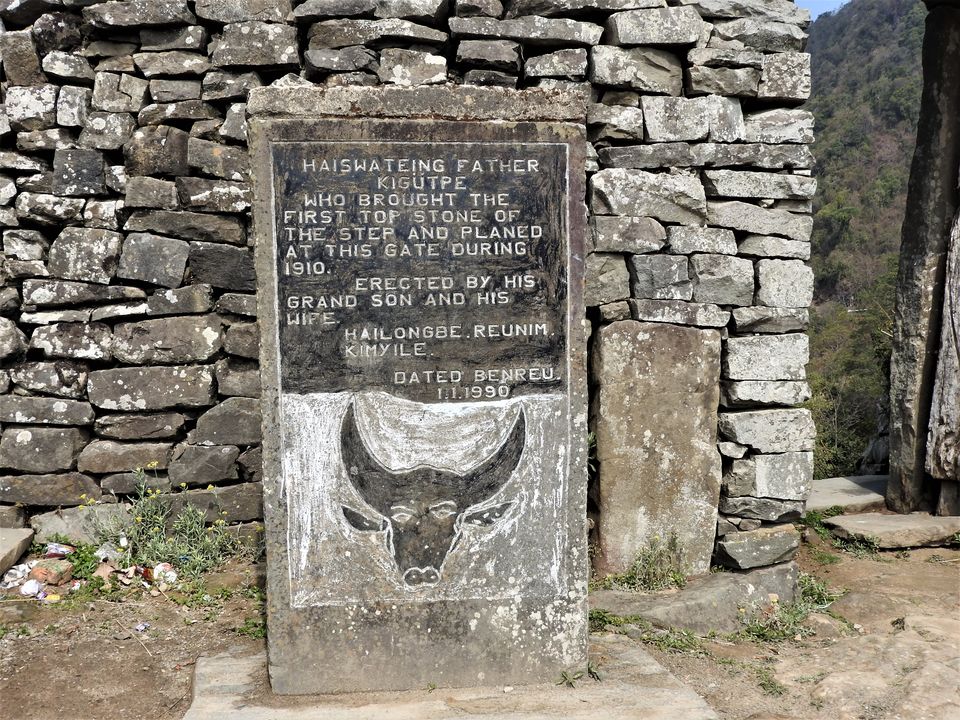
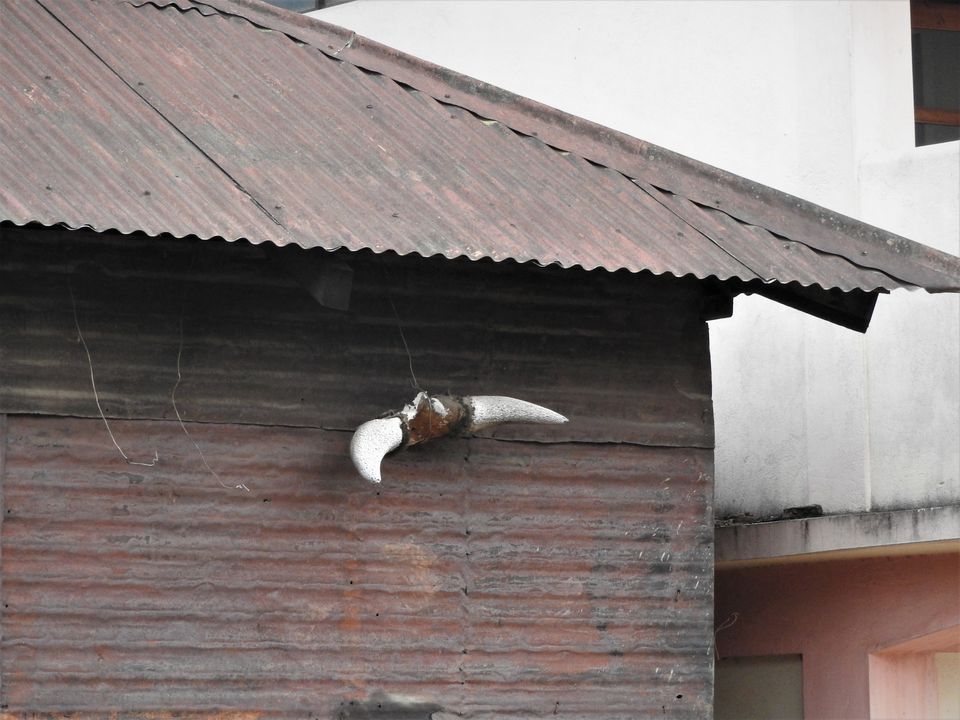
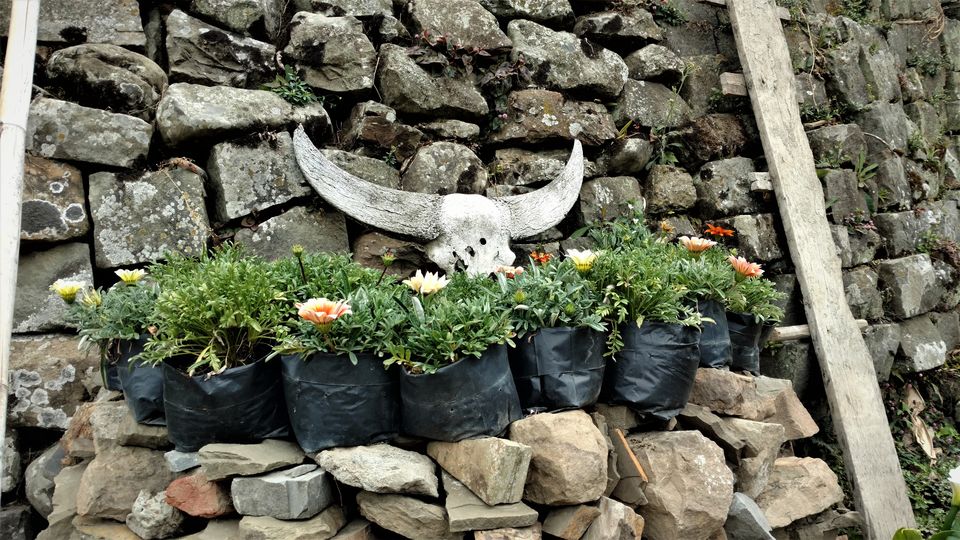
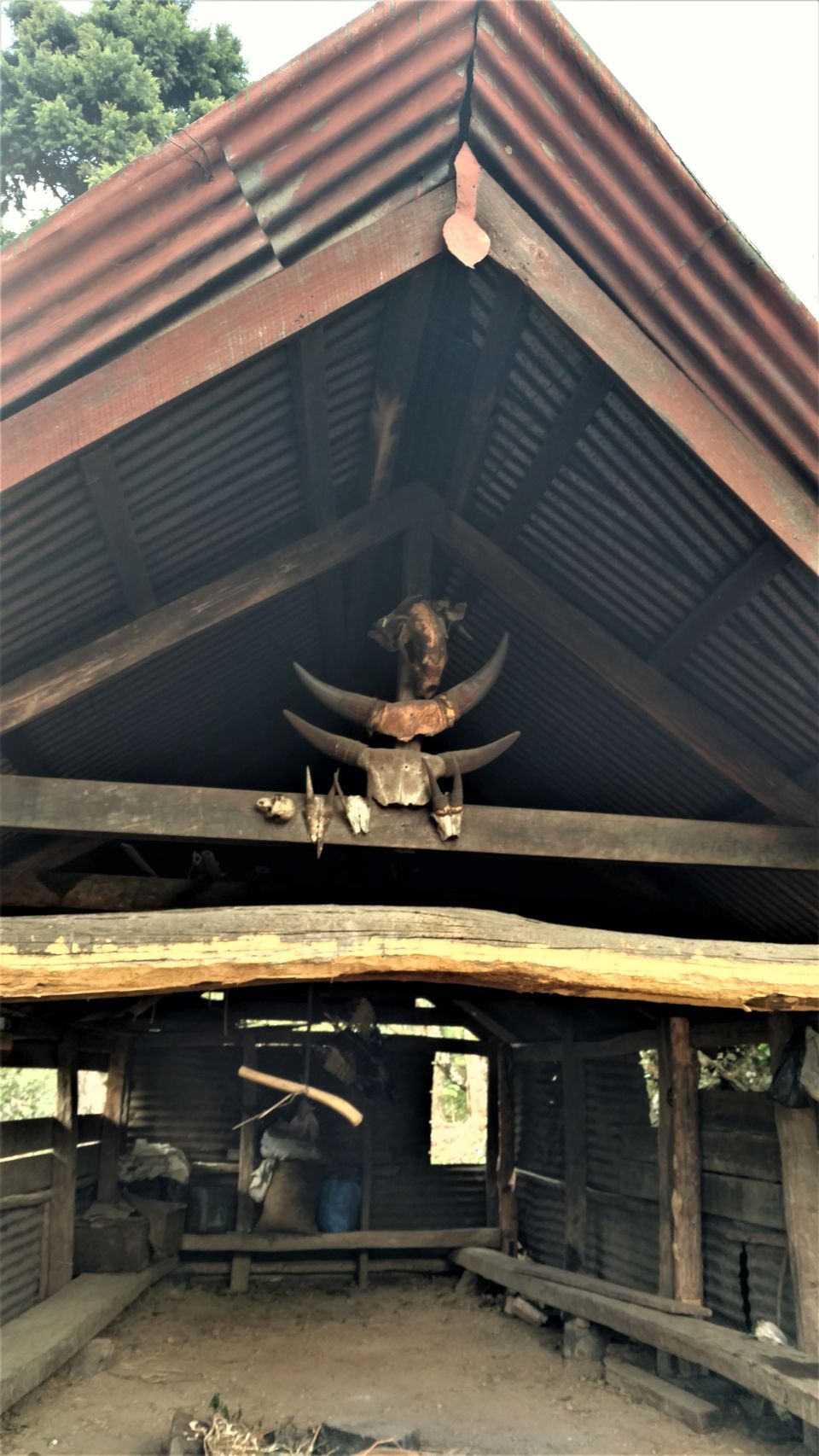
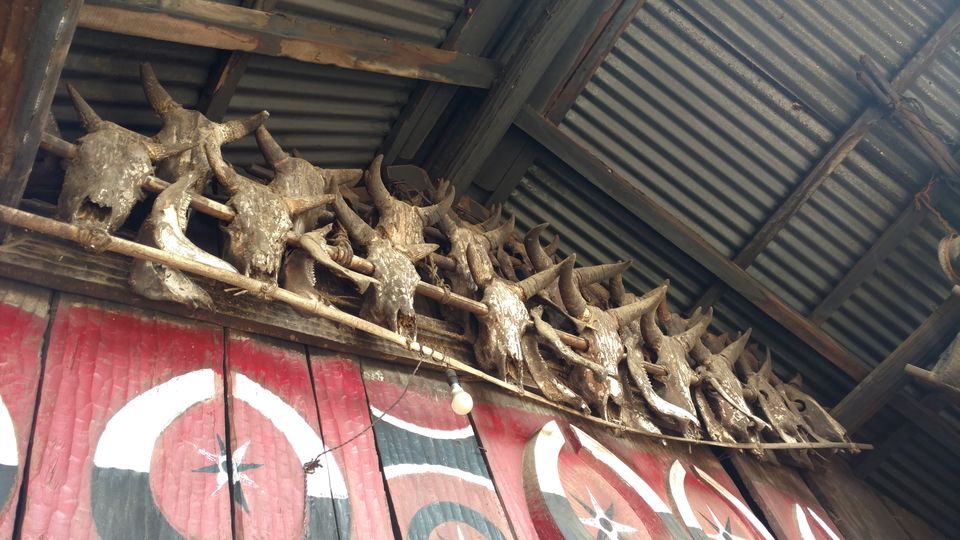
HORNBILL
The Great Indian Hornbill is the largest member of the Hornbill family and is of huge significance in the Naga cultural ethos. Scientifically known as Buceros bicornis, it is found in the forests of the Indian subcontinent, the Malay Peninsula and Sumatra, Indonesia. It mates singly for many years and sometimes even for an entire lifetime and this is perhaps another reason why it is held in such high esteem by the Naga tribes. The Hornbill denotes power and status.

Other common motifs that you might come across in Naga villages along with their symbolic meaning are listed below:
Tiger - courage strength and protection
Elephant - strength
Bear - fame as a warrior/hunter
Monkey - agility, skill
Great Barbet - luck, fame
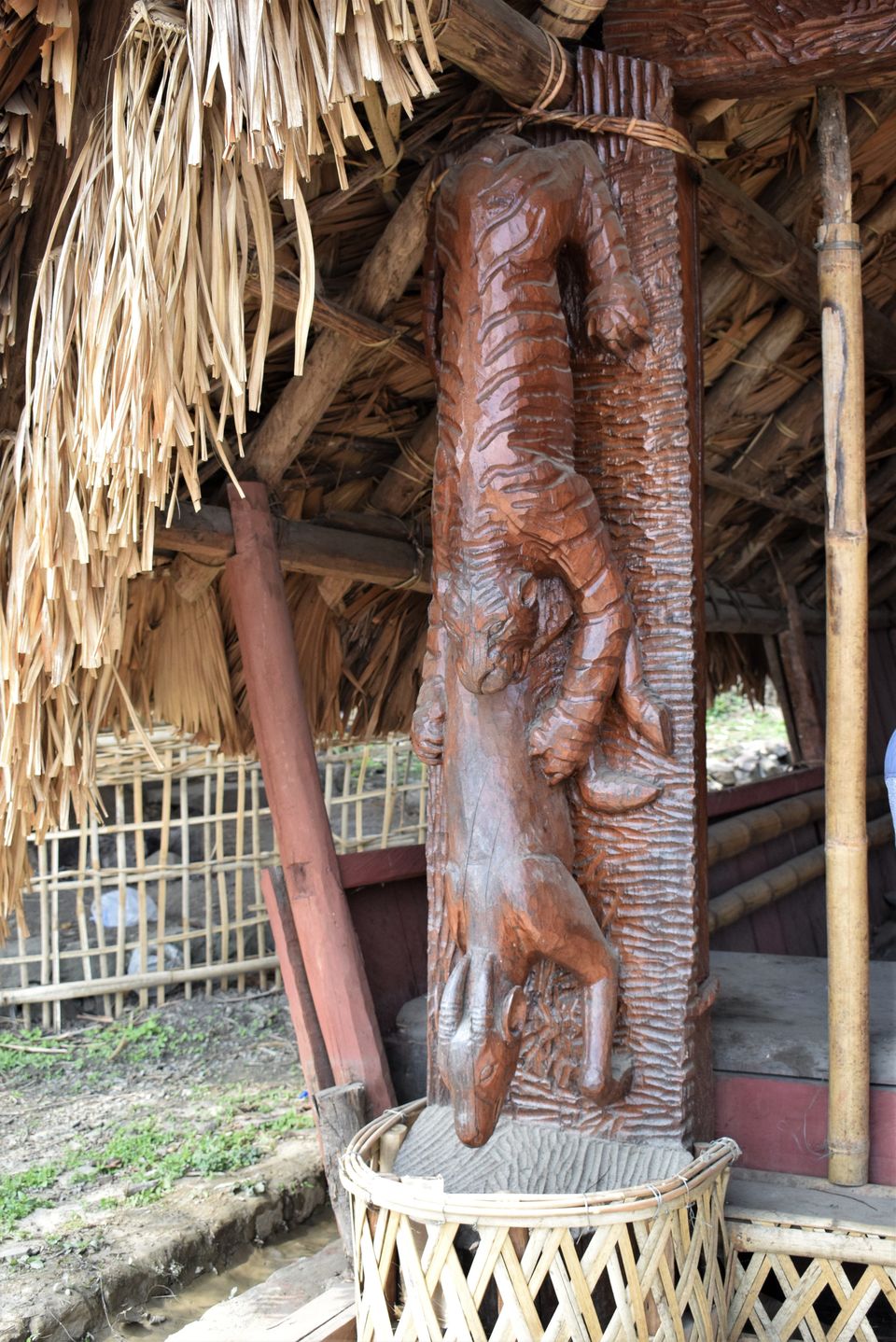
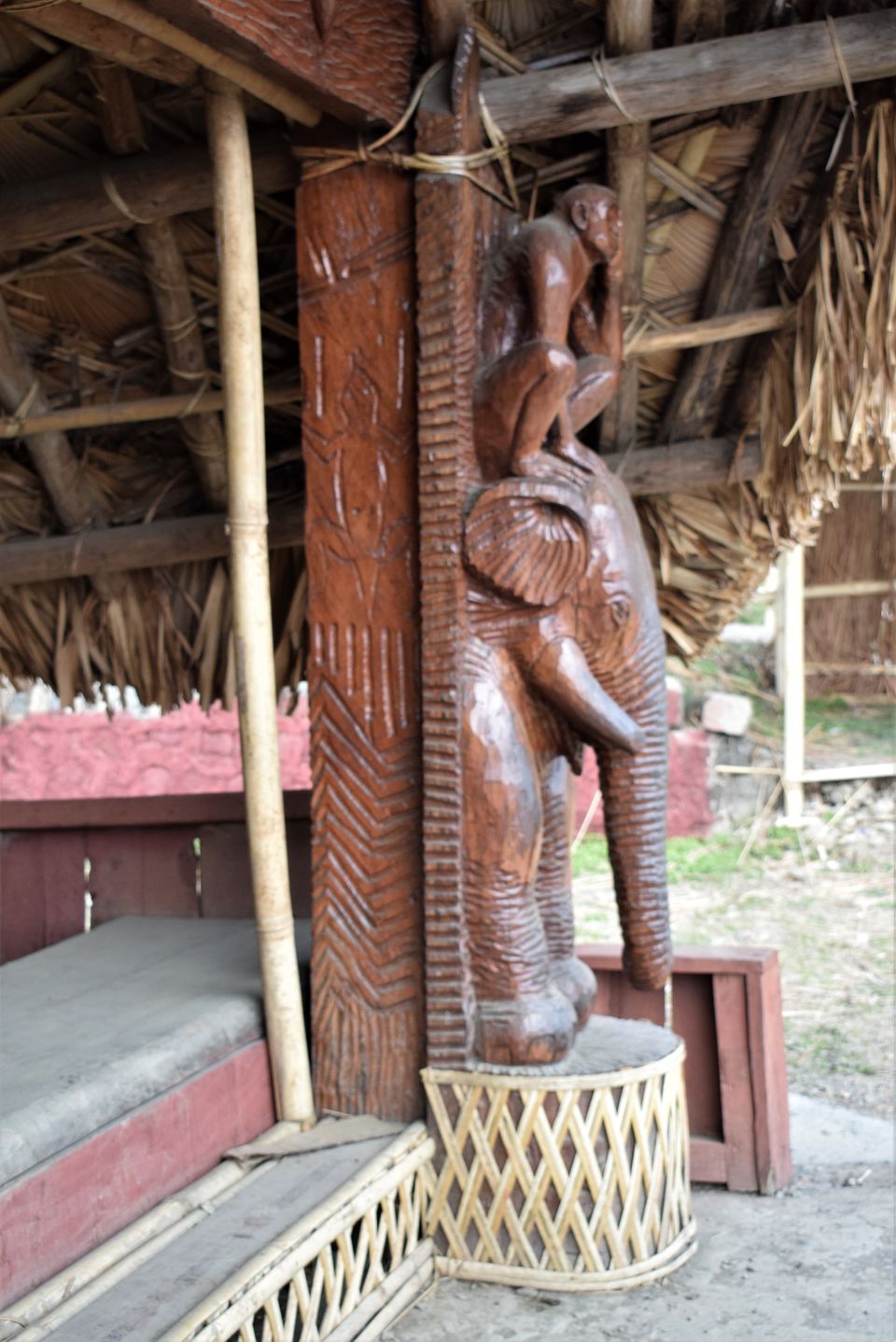
Photo credits: Rupa and Razi Abdi
For Nagaland tour guidelines please read my article:
NAGALAND I : The Land of Valour and Beauty
https://www.tripoto.com/trip/nagaland-the-land-of-valour-and-beauty-5d027c0e5fece
My other articles on Nagaland:
NAGALAND II: THE NAGA TRIBES- Our Own Game of Thrones
https://www.tripoto.com/trip/nagaland-ii-the-naga-tribes-our-own-game-of-thrones-5d0b83b75ad55


